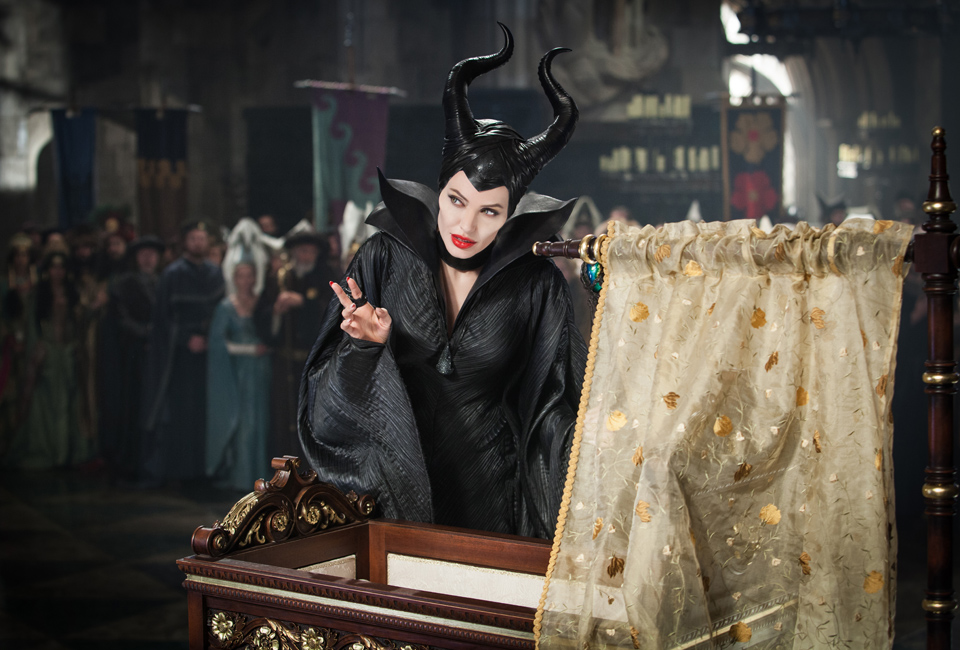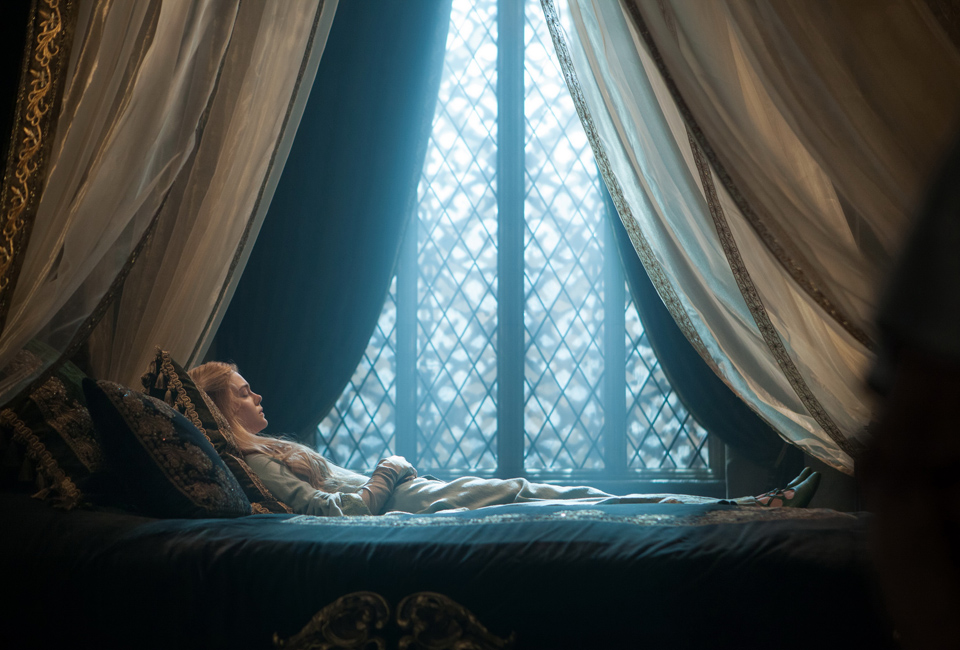Filtered By: Lifestyle
Lifestyle
Movie review: ‘Maleficent’ mangles a masterpiece

The one on the right is Maleficent's raven-turned-human, representing a truly sad attempt to capture the female demographic. All photos courtesy of Walt Disney Studios Motion Pictures
As the latest in Hollywood’s quest to strip popular characters of any mystery and allure by over-explaining every last aspect of their personalities (given enough time, we’ll get a flick about Godzilla’s high school years), “Maleficent” has arrived with a marketing push befitting one of Disney’s greatest villains.
At the fore is Angelina Jolie (“Wanted”, “Mr. and Mrs. Smith”), who brushes off her “Tomb Raider” accent to portray the titular dark fairy as a scorned woman charged with the protection of the enchanted moor bordering the kingdom of the wicked King Stefan. As revealed in the film’s opening moments, Stefan and Maleficent were childhood friends whose relationship was torn asunder by the former’s lust for power. Thus mutilated and betrayed by the one she loved, Maleficent vows vengeance, eventually setting her sights on the king’s newly-born daughter, Aurora.

Depsite not having a decent script to work with, Jolie is impeccable as Maleficent.
Now, there are ways to do this sort of thing well, with stage musical “Wicked’s” take on “The Wizard of Oz’s” mythology standing as a superior example of how to depict an alternate version of events without outright contradicting what’s been previously established. Sadly, “Maleficent” never comes close to anything approximating competent storytelling.
Given how little she has to work with, it is downright lamentable that Jolie herself is actually a delight whenever the script lets her indulge her inner villain. From her immediately-recognizable horns to the seamless prosthetics (courtesy of makeup maestro Rick Baker) enhancing her already-impressive cheekbones, Jolie is nothing less than Maleficent personified. Her finest scene also happens to be the film’s best, with Jolie positively exuding imperious contempt in the recreation of the animated version’s iconic curse sequence.

Sharlto Copley plays the power-mad King Stefan as a Game of Thrones reject.
Here’s where we really get into fanfiction territory, as it turns out that the three fairies, Knotgrass (not Flora, played by Imelda Staunton), Thistlewit (not Fauna, played by Juno Temple), and Flittle (not Merryweather, played by Lesley Manville), have no idea how to raise a human child. Luckily, Maleficent decides to stalk the young ‘un, taking it upon herself to care for Aurora (played as a teen by Elle Fanning) on the sly whenever her primary caretakers aren’t paying attention (which is often). Over time, Maleficent develops an attachment to the child, leading us headlong into a series of events capped off by an ending wildly different from any version of “Sleeping Beauty” you’ve ever seen.
In the director’s chair for his first full-length feature is Robert Stromberg, whose contributions to the visual effects of “Alice in Wonderland” (2010) and “Oz the Great and Powerful” (2013) go a long way towards explaining why more time and care were spent on generating “Maleficent’s” aesthetic aspects than anything else onscreen.

Elle Fanning plays Aurora (aka Sleeping Beauty) as someone we are truly hard-pressed to care about, given her complate lack of interest in self-preservation.
Put simply, the biggest problem with “Maleficent” is that it tries to have its cake and eat it, too – a fact made all the more glaring when the narrator states, with nary a trace of irony, that our antagonist is also our protagonist as though it were something to be proud of.
While it is entirely true that there are two sides to every story (even a Disney villain’s), it just comes across as a missed opportunity when the filmmakers tasked with presenting that other side chicken out of featuring one of the biggest stars on the planet (who also happens to be one of the producers) as a full-on baddie. To wit, Maleficent never even transmogrifies into her signature dragon form, thereby killing the hopes and dreams of anyone expecting anything resembling a highlight in this corporate-mandated mess of a movie.
Packed with empty spectacle, missed opportunities and an all-around sense of ‘“Frozen” did that last part better’, what we are left with is a piss-poor retread of a beloved classic, and there’s precious little that’s magical about that. — VC, GMA News
‘Maleficent’ is now showing in cinemas.
Tags: maleficent, moviereview
More Videos
Most Popular




